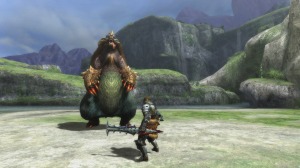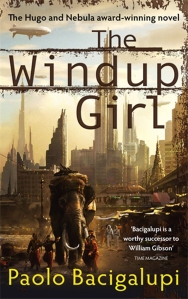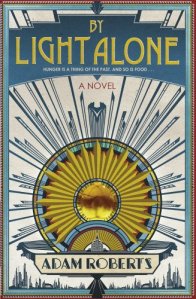Monster Hunter 3: Ultimate is the first Monster Hunter game I’ve played, and I enjoyed it. I heard it’s very difficult, but I thought it was pretty reasonable up until the G-rank quests. The monsters and environments looked great, I didn’t have a problem with the underwater controls (even with a normal 3ds), and overall, it was a lot of fun.
I particularly appreciated the fact that all of the weapons felt very different to each other. I also liked the that you could watch a monster, or fight it many times, and figure out its moves and habits and get better at fighting it simply by improving your own playing skills, not be leveling up. I play a lot of rpgs with lots of level grinding, so it was nice to play something a bit different. The armour was also pretty cool. There’s a whole heap of equipment to choose from, pretty much anything you kill can be made into armour, so you can customize your equipment based on your preferences and what you’re going to be fighting. Near the end of the game though it got a bit tedious fighting the same monster (30-40 minutes each time) to try and get enough pieces to make a new set of armour. I only had 4 different sets throughout the game because it takes so long to make new stuff. You can upgrade your armour though with armour spheres (I ended up with heaps of them), so you can make a set of armour last a very long time.
The farm and fishing fleet was fun to do on the side, and I liked Moga village, it was a nice hub-town. It did get a bit annoying to have to constantly fight in Moga Woods to get enough resource points to make things on the farm and fishing fleet though. Still, better than foraging for all the stuff you need for your potions. Speaking of potions, I thought the item-creation system worked really well; it was easy to pick up and use and was an important component of the game (preparation is a huge part of this game).
Overall I enjoyed the game and it was quite different to anything else I’ve played recently. After a while fighting the same monster over and over to upgrade your equipment got a bit tedious, but this wasn’t until after I’d finished all of the main quests. Also- I hated the demo. I had no idea what was going on and why it took so long for the giant bunny to go down. So if you disliked the demo, you might still like the game.













